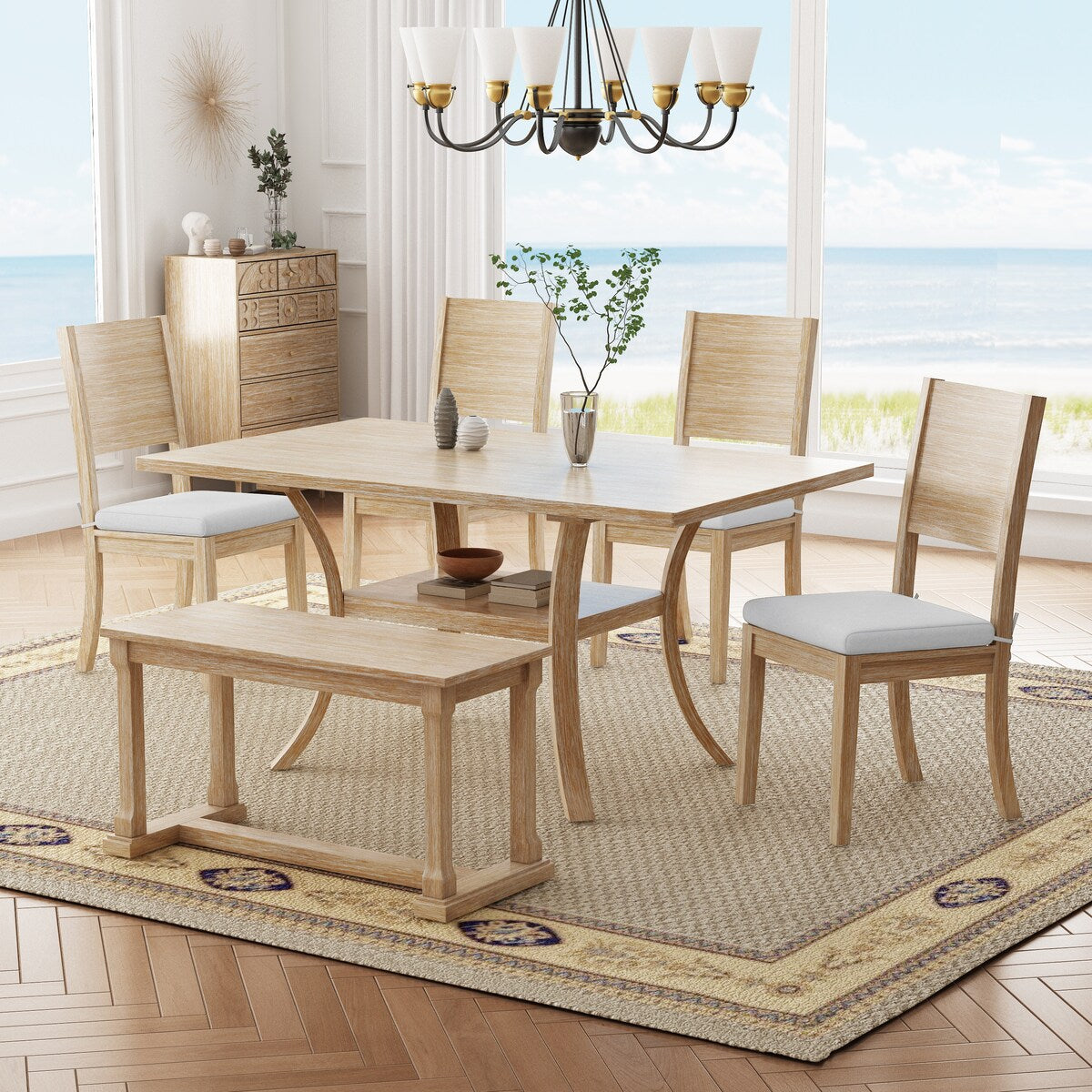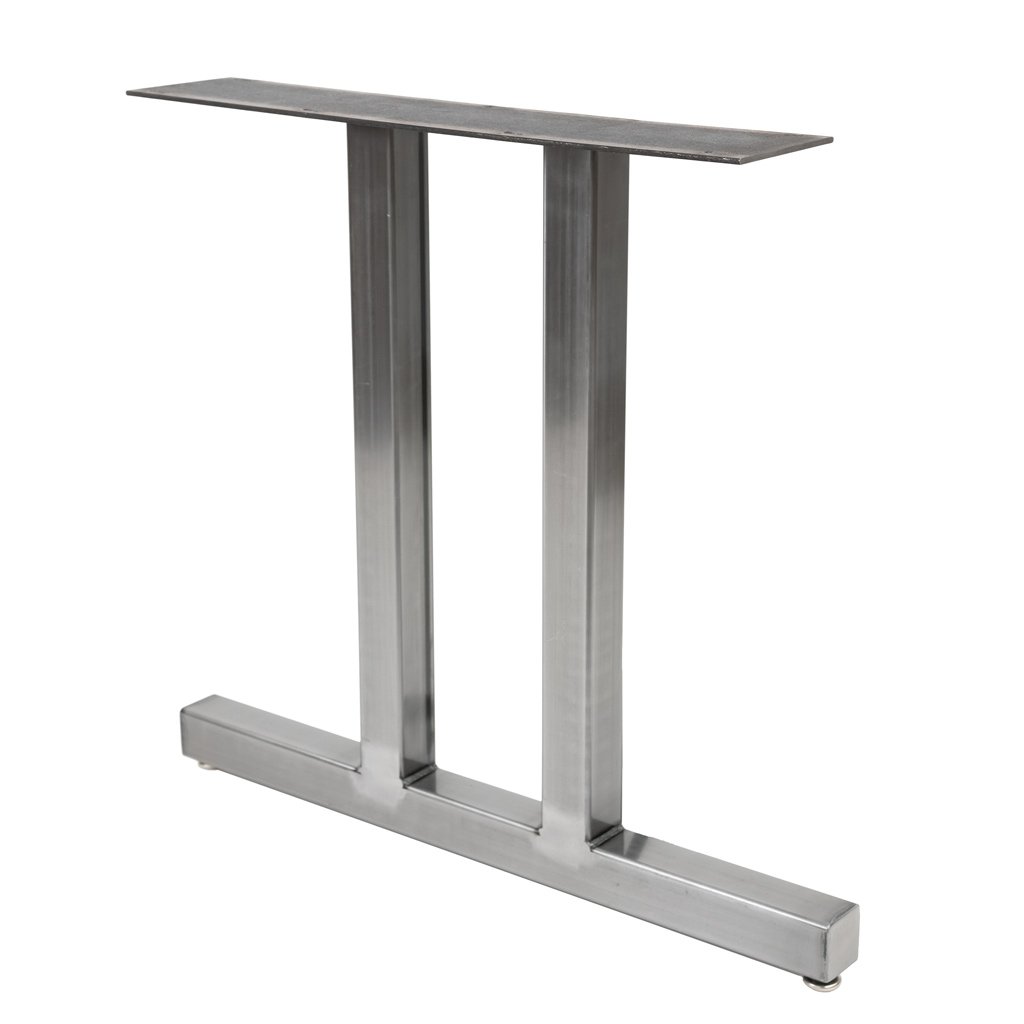How to Maintain and Care for Your Dining Room Table Legs
How to Maintain and Care for Your Dining Room Table Legs
Blog Article
From Conventional to Modern: Discover the Suitable Dining-room Table Legs for Your Style
The selection of dining-room table legs plays a critical duty in defining the total character of your space, bridging the space between traditional workmanship and modern-day aesthetic appeals. While classic designs such as cabriole and transformed legs evoke a feeling of ageless elegance, modern designs like hairpin and geometric alternatives offer a possibility for striking visual rate of interest. Reviewing the best equilibrium in between these designs calls for a nuanced understanding of your existing decoration and personal taste. As you take into consideration these elements, the question remains: just how can you effortlessly incorporate these varied leg styles to develop a harmonious eating experience?
Comprehending Table Leg Styles
The selection of eating room table leg styles can considerably affect both the looks and functionality of the area. Each leg style adds distinct functional features and visual elements, accommodating diverse design choices and usage demands. Understanding these designs is vital for choosing the right table that aligns with your general interior decoration vision.
For example, conical legs offer a tidy, traditional appearance that can boost a room's sophistication, while stand bases provide stability and optimize legroom, making them optimal for smaller areas. Barrette legs, a characteristic of mid-century modern-day design, introduce an industrial panache, permitting for an airy, open feeling. Trestle legs stimulate rustic charm, giving durable assistance and a feeling of eternity.
Wooden legs can bring heat and structure, whereas metal options commonly convey a sleek, modern ambiance. Inevitably, comprehending table leg styles is vital for developing a natural eating location that shows individual design while making sure usefulness and comfort.
Conventional Table Leg Options
When selecting dining-room table legs, standard alternatives often symbolize classic sophistication and workmanship. These layouts mirror a rich heritage and a commitment to high quality, making them excellent for those who value classic aesthetics.
One of the most famous standard leg designs is the cabriole leg, characterized by its stylish curved shape. This style often features attractive carvings and is most generally located in Queen Anne and Chippendale furniture. An additional prominent choice is the transformed leg, which boasts a series of smooth, rounded forms that provide a classic appearance while maintaining stability.
In addition, the straight leg, while simple, offers a unadorned and tough structure that can mix perfectly with a variety of tabletop styles. For those drawn to ornate outlining, claw-and-ball feet legs evoke a sense of magnificence and can work as a magnificent centerpiece in any kind of eating area.
Lastly, stand bases, although not purely legs, give a different standard alternative that permits for enough legroom and can be magnificently sculpted. Each of these standard leg styles adds to the total ambiance of an eating area, weding function with aesthetic allure.

Modern Table Leg Designs
Modern table leg layouts provide a diverse series of styles that emphasize tidy lines and innovative products. These styles frequently prioritize functionality while functioning as striking prime focus within a dining room. Minimalist appearances are prevalent, with legs crafted from products such as metal, glass, and crafted wood, which add to a ventilated and modern feeling.
One prominent style is the hairpin leg, defined by its slim, tapered framework that gives security without frustrating the tabletop (dining room table legs). This style is often found in mid-century modern-day furniture and can effortlessly enhance numerous table forms. Another trend is using geometric forms, where legs might handle unbalanced or angular forms, including visual passion and a touch of creativity

Blending Designs for Unique Rooms
Typically, house owners look for to create special eating rooms that show their individual style by mixing various style aspects. This technique allows for the unification of diverse aesthetic appeals, leading to a harmonious yet unique atmosphere. Pairing a rustic wood table with streamlined, contemporary steel legs can develop an attractive contrast that raises the space's overall allure.
Additionally, incorporating vintage table legs with modern table tops can stimulate a sense of background while keeping a contemporary perceptiveness. Such combinations not just display specific taste yet likewise urge creativity, permitting homeowners to curate an area that really feels both individual and inviting.
Color plays an essential duty in this blending procedure; choosing table legs that enhance or contrast with the existing color design can enhance visual passion. As an example, whitewashed legs can soften the daring of a dark table surface, creating a well balanced visual.
Tips for Choosing the Right Legs
Selecting the right table legs is crucial for achieving both functionality and aesthetic allure in your dining room. Begin by considering the total design of your space. Typical setups take advantage of legs that include intricate makings or turned styles, while contemporary spaces may call for sleek, minimalist styles.
Next, analyze the height and stability of the legs. dining room table legs. address Common eating tables vary in between 28 to 30 inches in elevation, so ensure the legs match this dimension for comfort. Additionally, durable materials, such as wood or steel, can enhance security and longevity
Assess the leg form also-- alternatives include straight, tapered, or stand designs. Straight legs use a classic look, while conical legs can include a touch of elegance. Pedestal bases offer sufficient legroom and are perfect for smaller sized spaces.
Conclusion
In recap, picking the ideal eating area table legs requires careful consideration of both standard and modern-day designs. By balancing leg design, height, and product with the total decor, a natural and welcoming ambience can be achieved.
The selection weblink of eating space table leg styles can significantly affect both the aesthetic appeals and performance of the area. Inevitably, recognizing table leg styles is vital for developing a cohesive dining location that shows individual design while making certain practicality and convenience.One of the most renowned traditional leg styles is the cabriole leg, defined by its elegant bent shape. Straight legs offer a classic look, while conical legs can add a touch of style.In summary, choosing the perfect eating area investigate this site table legs requires careful consideration of both standard and contemporary styles.
Report this page